Artificial intelligence reveals that a key figure in a famed Renaissance masterpiece might not be the work of the master himself, challenging centuries of art historical assumptions.
In a fascinating intersection of art and technology, researchers have employed artificial intelligence to analyze Raphael’s “Madonna of the Rose,” a renowned painting from the Italian Renaissance. The AI, trained on a vast dataset of Raphael’s authenticated works, has flagged a curious detail: the face of Saint Joseph, depicted in the upper left of the painting, appears stylistically different from the rest of the piece. This discovery has ignited debate among art historians and raises questions about the painting’s true origins.
The research, conducted by a team from the University of Bradford in the UK and the University of Nottingham, utilized a “deep feature analysis” algorithm. This AI was trained to recognize the nuances of Raphael’s style, from his characteristic brushstrokes and color palette to the subtle shading techniques he employed. Essentially, the AI learned to “see” like Raphael. When the algorithm analyzed “Madonna of the Rose,” it detected inconsistencies in Saint Joseph’s face that deviated from Raphael’s established artistic fingerprint.
This finding is significant because the authorship of “Madonna of the Rose” has been a subject of scholarly discussion for centuries. While some art historians attribute the painting to Raphael, others have proposed that it might be the work of his assistants or followers. The AI’s analysis adds a new dimension to this debate, lending weight to the theory that the painting may not be entirely by Raphael’s hand.
Delving Deeper into the AI’s Analysis
- Microscopic Examination: The AI’s ability to analyze images at a microscopic level allows it to detect subtle details that are often imperceptible to the human eye. This includes minute variations in brushstrokes, texture, and color application.
- Stylistic Discrepancies: The AI identified specific stylistic anomalies in Saint Joseph’s face that were inconsistent with Raphael’s typical approach. These discrepancies, though subtle, were significant enough to raise questions about the figure’s authorship.
- Data-Driven Approach: The AI’s conclusions are based on a rigorous analysis of a vast dataset of Raphael’s authenticated works. This data-driven approach provides a more objective assessment compared to traditional art historical methods, which often rely on subjective interpretations.
Implications for Art History
This research highlights the growing potential of AI in the field of art history. By analyzing artworks with unprecedented precision, AI can help us to:
- Authenticate paintings: AI can assist in verifying the authenticity of artworks by comparing them to known examples of an artist’s work.
- Uncover hidden details: AI can reveal subtle details and patterns that may be invisible to the human eye, providing new insights into an artist’s techniques and intentions.
- Re-examine art historical narratives: AI can challenge existing assumptions and offer new perspectives on the authorship and creation of artworks.
The AI’s analysis of “Madonna of the Rose” is a compelling example of how technology can be used to deepen our understanding of art. While the mystery surrounding the painting’s authorship may not be fully resolved, the AI’s findings have undoubtedly opened up new avenues of inquiry and sparked further debate among art historians. As AI continues to evolve, it promises to revolutionize the way we study and appreciate art, offering a fresh perspective on the masterpieces of the past.


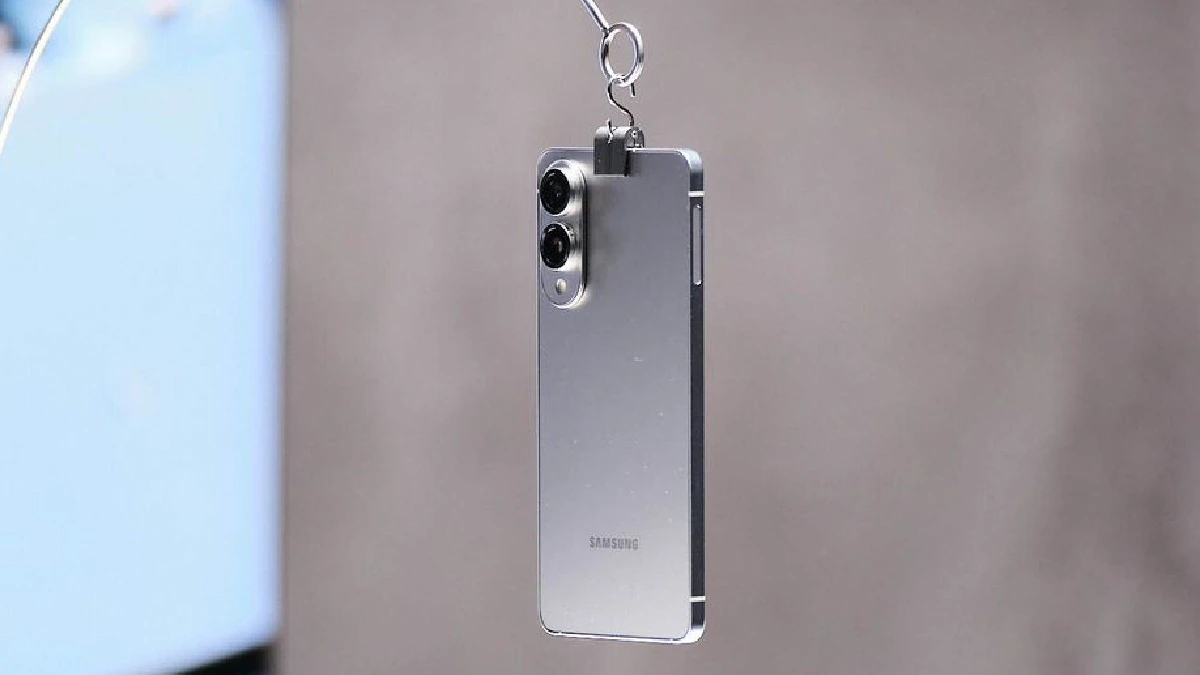
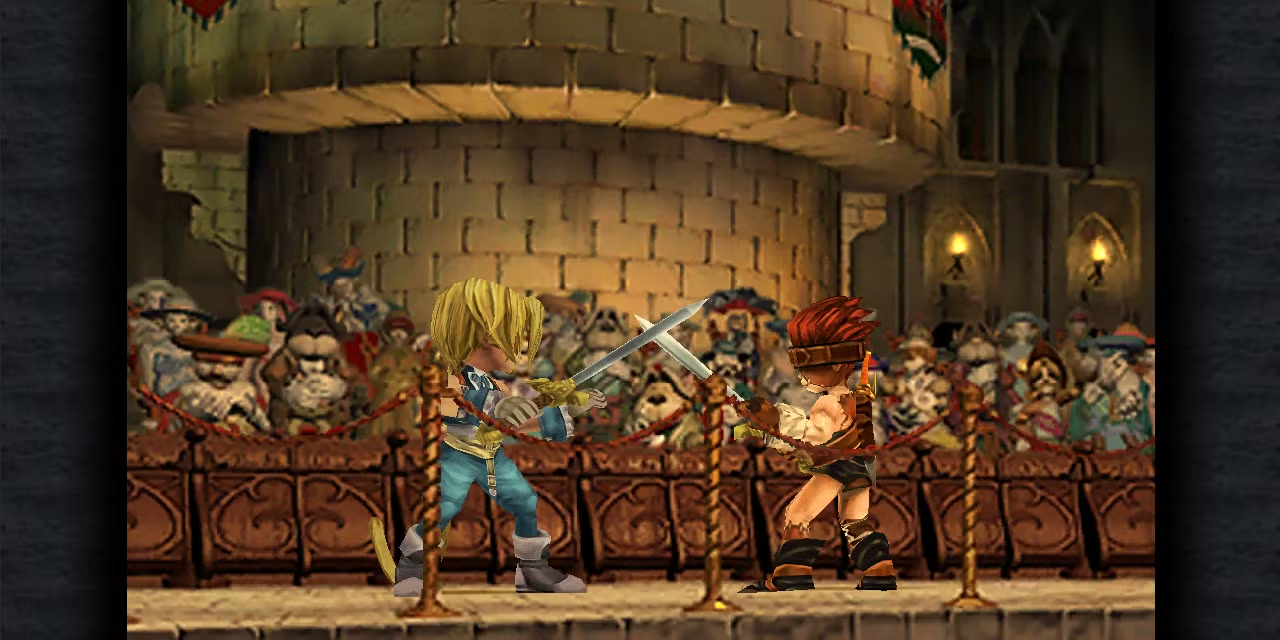

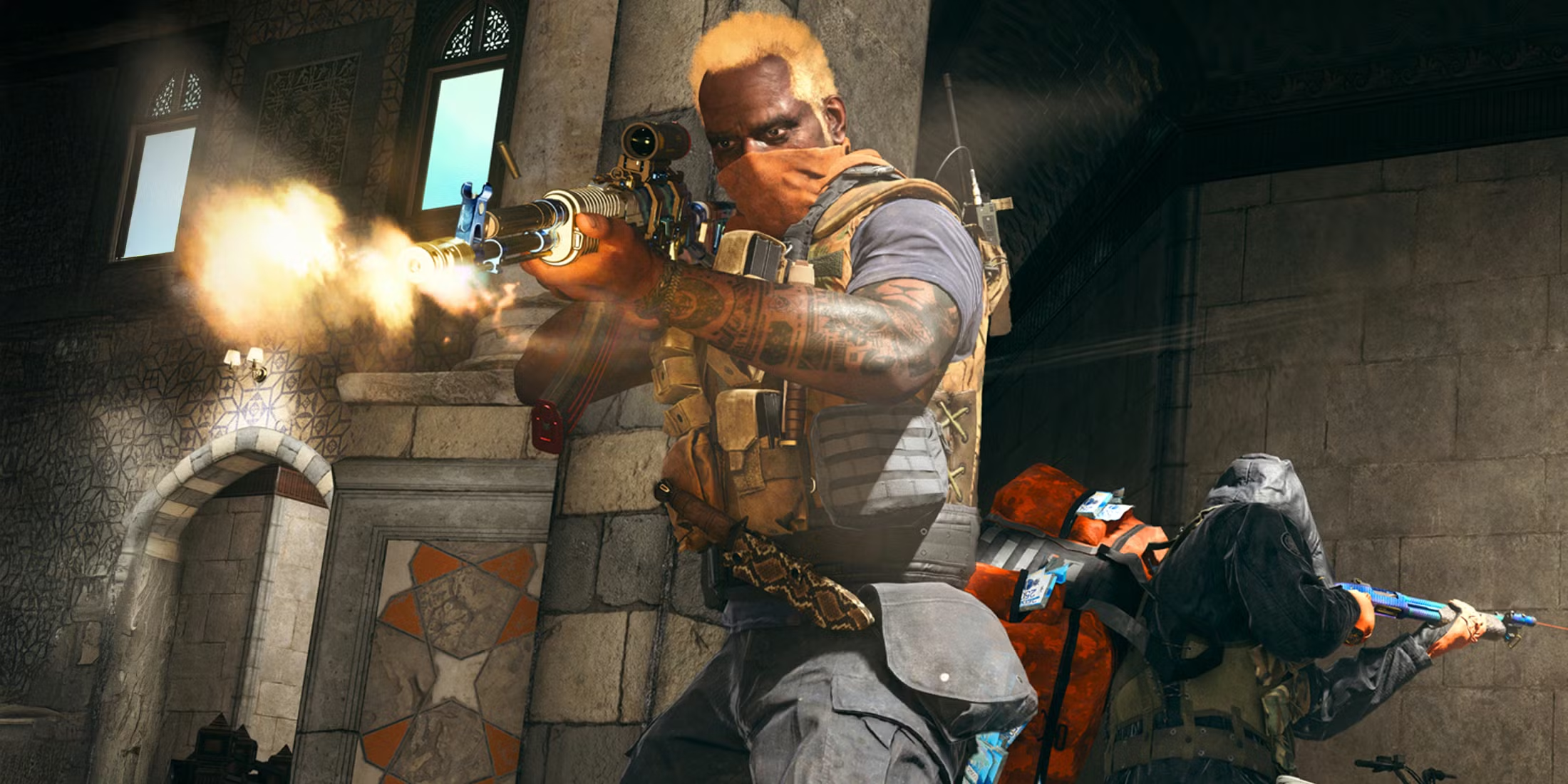
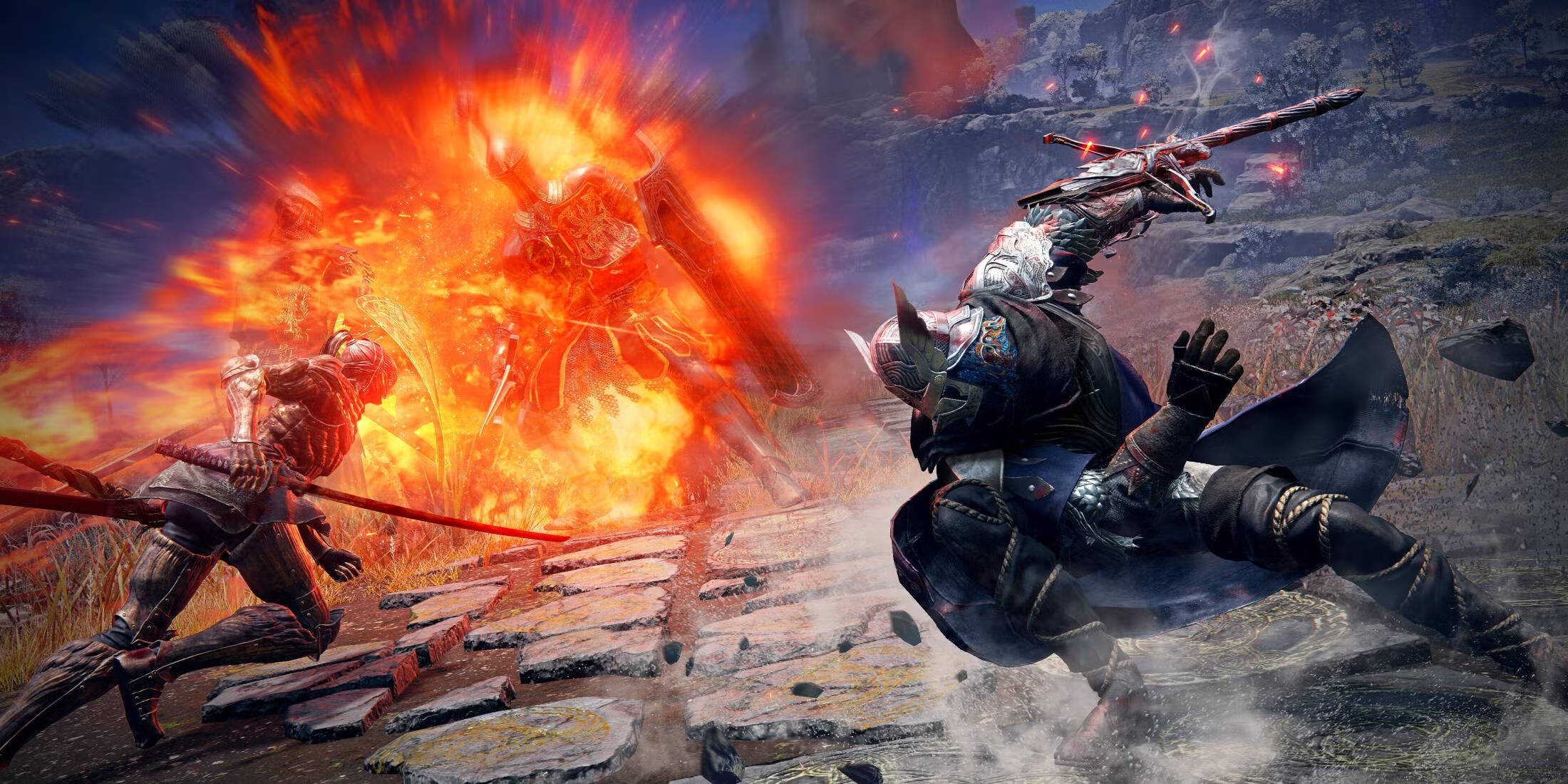
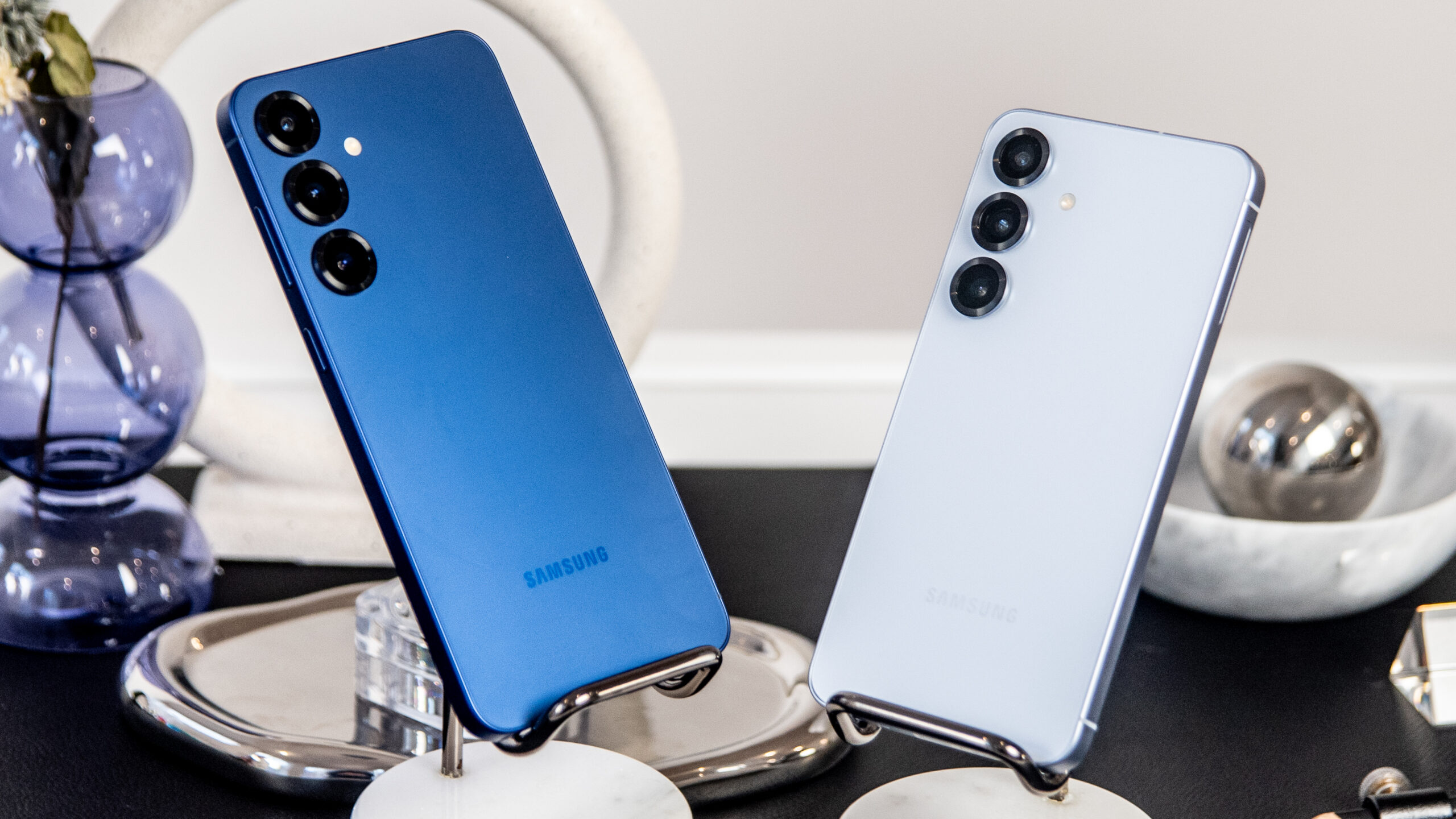
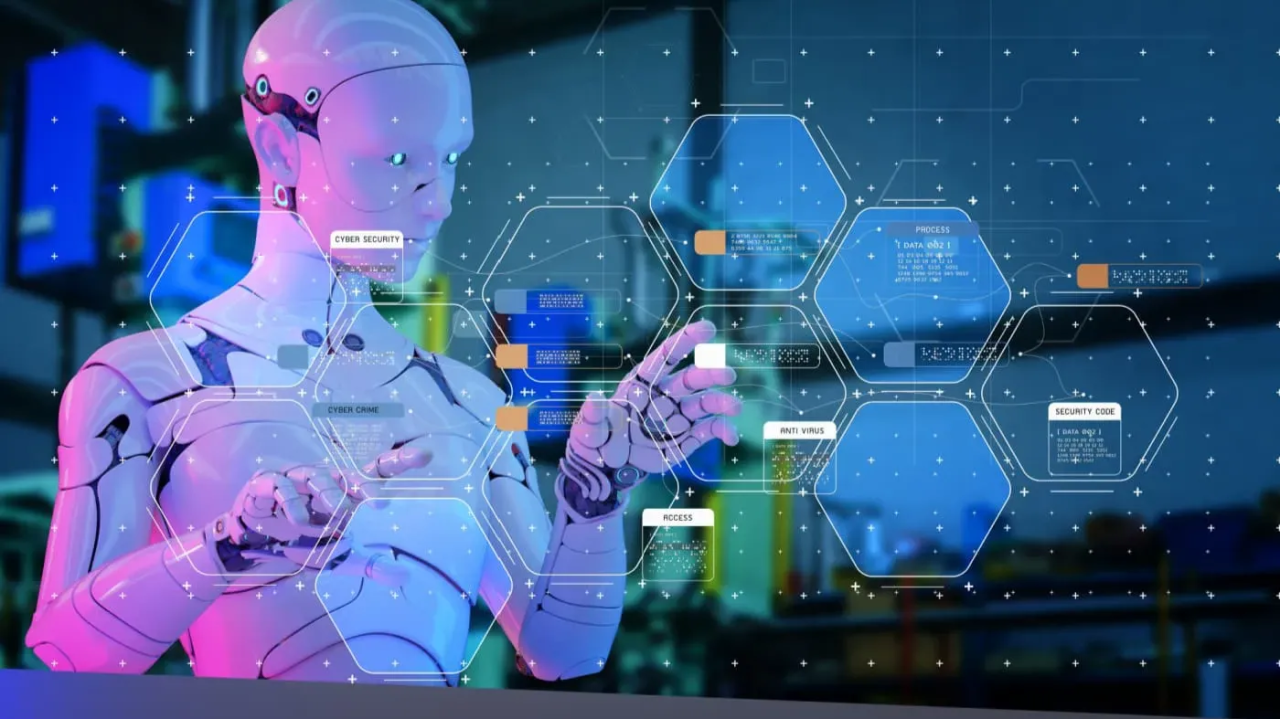
Add Comment